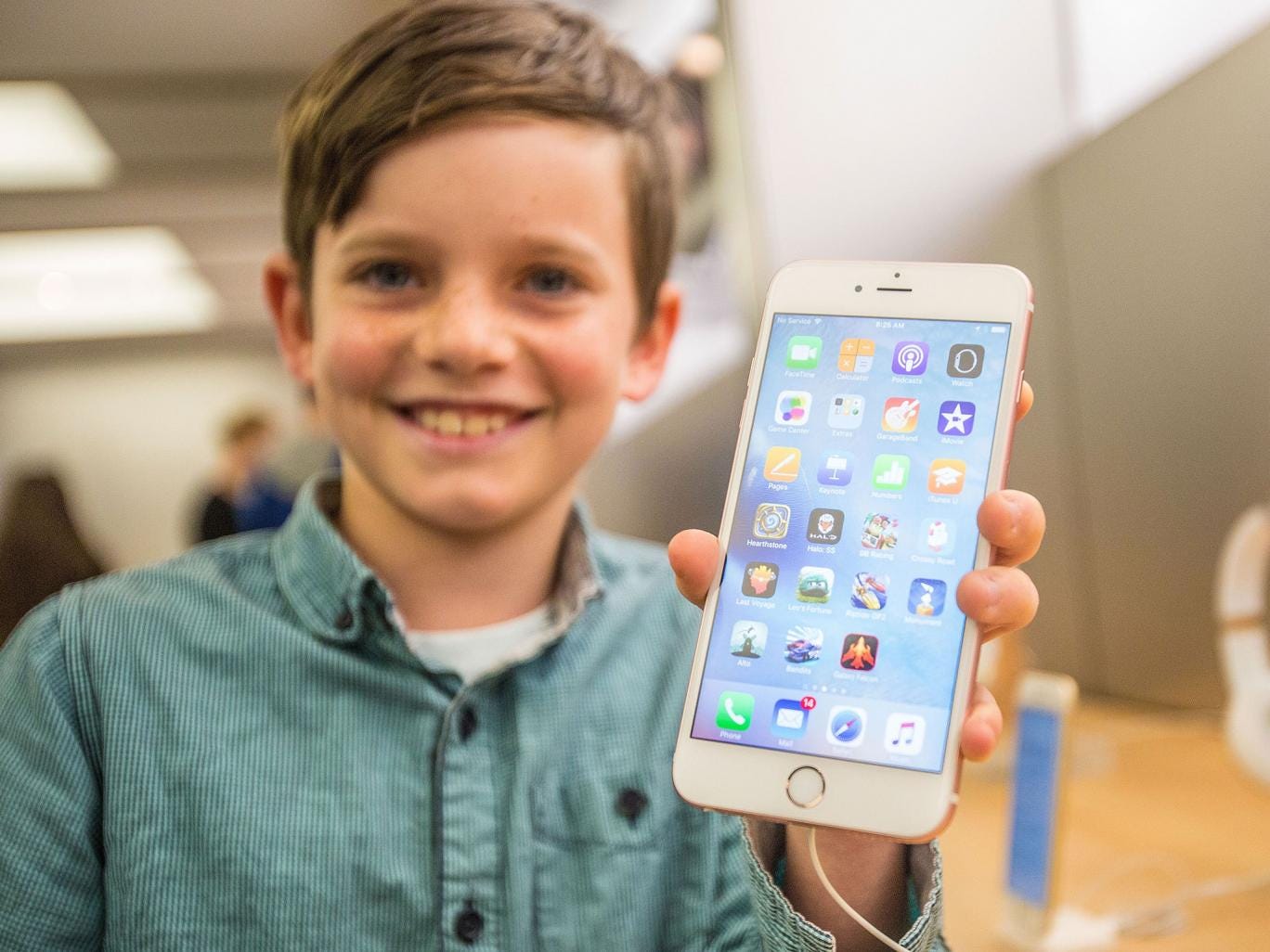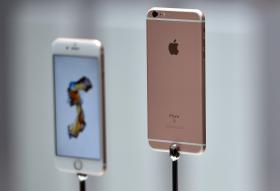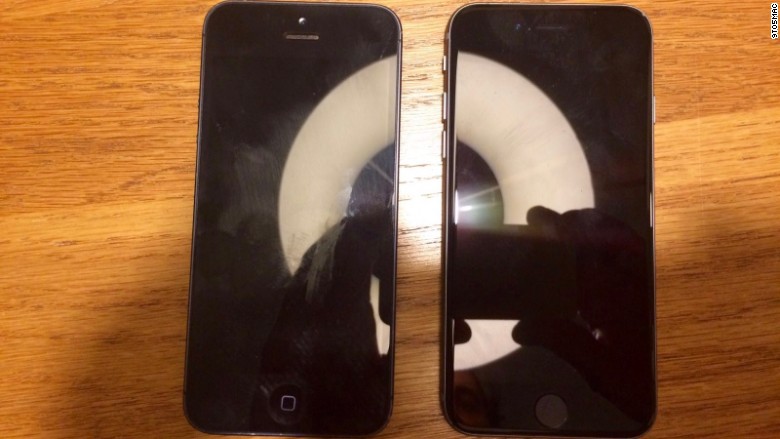Not everyone was happy this week with the news that Quantum Break, which was announced as an Xbox One exclusive, would also be coming to PC at launch in April. Now, Microsoft executive Aaron Greenberg has defended and explained this move, and also confirmed more console exclusives are on the way.
Quantum Break coming to PC does not signal a move away from console on Microsoft's part, Greenberg stressed during an appearance on the latest Major Nelson podcast (via DualShockers)."People should know: Xbox is a big priority and a huge commitment," he said.
"Please do not let the fact that we are also launching a game on the same day on Windows 10 change your perspective on the importance of the console business [or] our commitment to innovating on console."Greenberg went on to say that Microsoft will continue to launch new Xbox One exclusives. Bringing a game like Quantum Break to PC is instead an effort to "[grow] the gaming ecosystem," he said.
"From our CEO down at Microsoft, there's tons of commitment and enthusiasm for our [console] business [and] we're having tremendous success," Greenberg added, noting that Xbox One exclusive game sales were strong in holiday 2015 and that overall, "business is good."
Greenberg acknowledged that fans won't always agree with every decision Microsoft makes, but the company is committed to trying new things.
"Some times we're innovating, some times we're experimenting, sometimes we're charting new ground on different things," he said. "We always want to hear people's feedback, we're always listening. While they might not always agree with 100 percent of everything we do, we love the feedback."
"We want to do different things and try different things and say, 'Hey, what do you think of this, what do you think of that?' We do listen. Good and bad, we appreciate [the feedback]."
Also during the podcast, Greenberg confirmed that Quantum Break will not be available on Steam.
"Quantum Break on Windows 10 is a Windows Store exclusive," Greenberg said when directly asked if the game would come to Steam.
Another Microsoft game, Fable Legends, will not be available on Steam, either.
Microsoft's top gaming boss, Phil Spencer, has praised Steam for what it's done for the PC gaming space over the years. "They've been the backbone of PC gaming for the last decade," Spencer said in March 2014. "As a Windows company, I appreciate what they've done."
It's not surprising, however, to learn that Microsoft would prioritize its own store over a competitor.
In other news about Quantum Break, everyone who preorders the digital Xbox One edition gets a free copy of the Windows 10 PC version. The console and PC versions support shared saves, though there is no cross-play because Quantum Break is a single-player game.

















